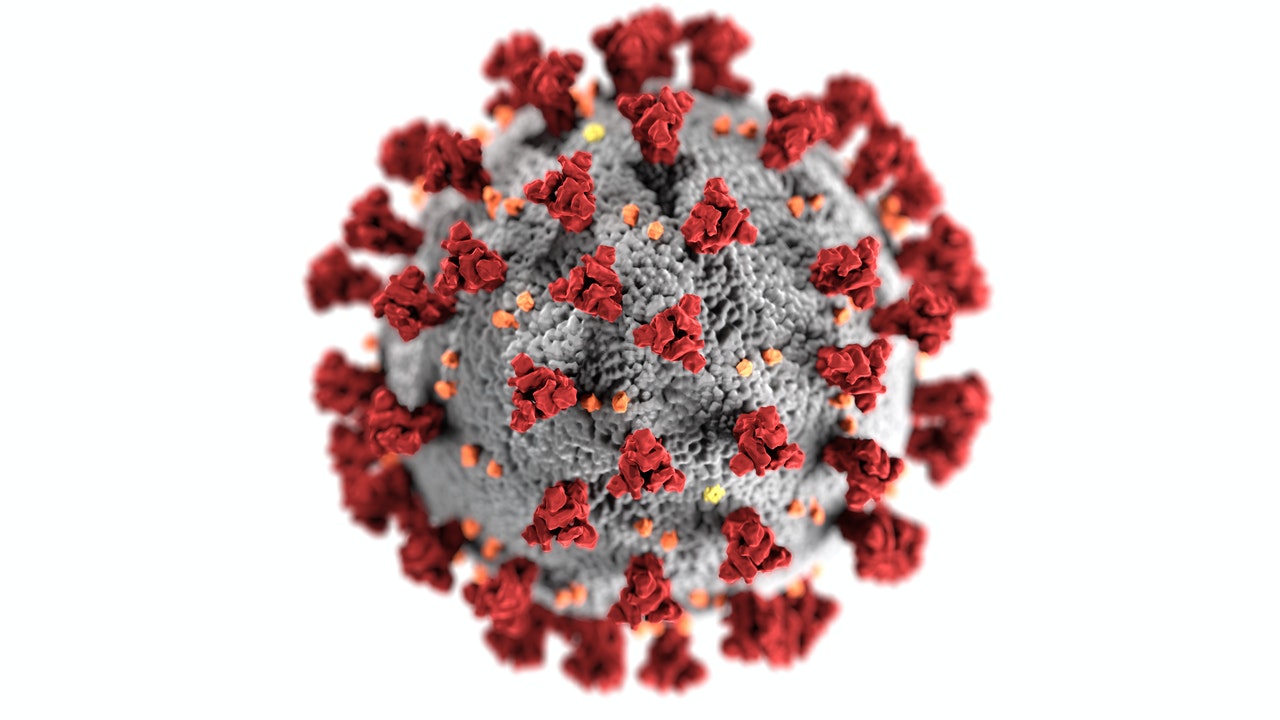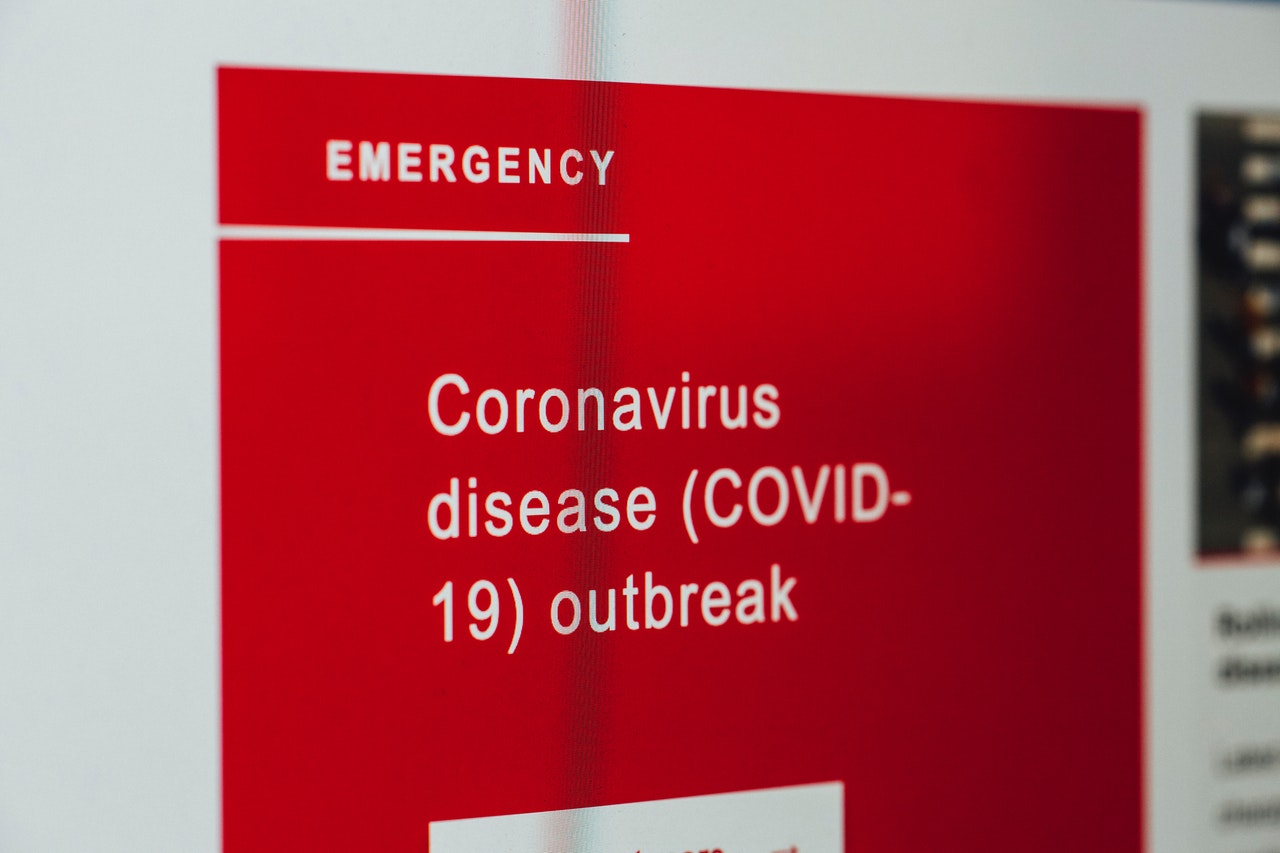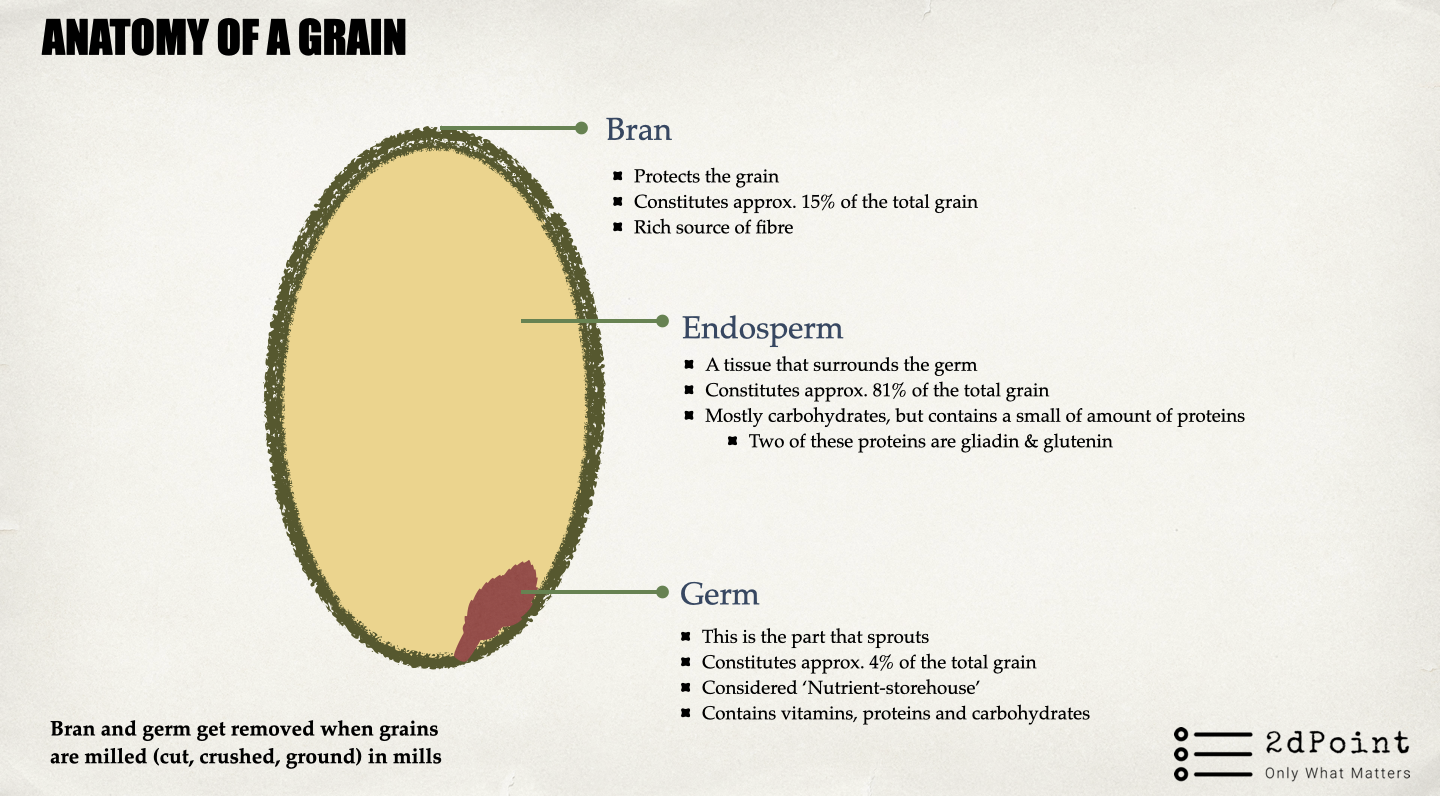Reading Time: < 1 minutes
- It is used to refer to a significant increase in the number of infected cases after a pandemic has remained suppressed for a number of days.
- This is not a scientific-term, so there are no definitions of ‘significant increase’, or ‘how much suppression and for how many days’.
- Second waves of various pandemics such as Spanish flu (1918-1920) and H1N1 epidemic (2009-10) were devastating and that is why it has become a cause of fear in the case of coronavirus.
- Pandemics are caused by viruses, bacteria or other microorganisms, for which humans haven’t built an immune protection.
- Pandemics are rare but most common of them have been influenza-based; influenza is a contagious disease of respiratory tract caused by viruses.
- And because viruses are very good at creating variants?E.g. let’s say a virus A attacked a human body; the human body will develop immunity for A so that A no longer poses a risk, but the virus may create a variant A’ next time & still be lethal because immune system hasn’t dealt with A’ before. of themselves, influenza has never been wiped out completely.
- But influenza may get beaten temporarily because of change in weather?Coronavirus has not been found to be strongly affected by weather or herd immunity..
- Herd immunity is when a sufficient portion?In case of coronavirus, the sufficient portion has been estimated to be between 55% to 82% of a community becomes immune (because of recovery or vaccination) to a variant of a virus and the virus can’t find new hosts.
- Until the virus creates an equally dangerous variant of itself, against which the humans are yet to develop immunity.
- Lifting of preventive measures before development of herd immunity or the virus’ timely creation of a new, comparably-dangerous variant are a couple of reasons why second waves make a comeback.
Image courtesy of Picture by Alexandra_Koch from Pixabay
Reference shelf :






















